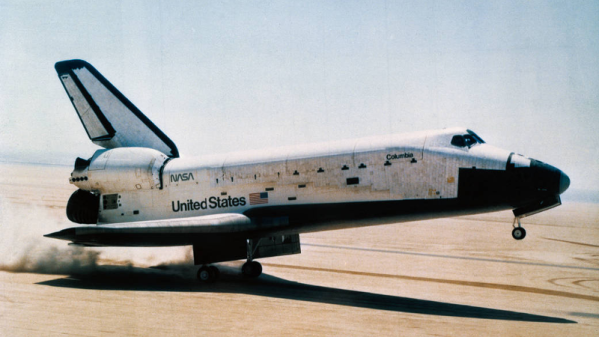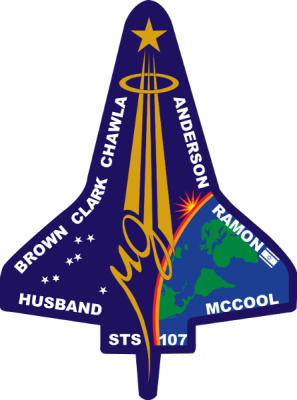One of the most complicated machines ever built was the US space shuttle (technically, the STS or Space Transportation System). Despite the title, we doubt anyone is going to duplicate it. However, one of the most interesting things about the shuttle’s avionics — the electronics that operate the machine — is that being a government project there is a ridiculous amount of material available about how it works. NASA has a page that gathers up a description of the vehicle’s avionics. If you are more interested in the actual rocket science, just back up a few levels.
We will warn you, though, that if you’ve never worked on space hardware, some of the design choices will seem strange. There are two reasons for that. First, the environment is very strange. You have to deal with high acceleration, shock, vibration, and radiation, among other things. The other reason is that the amount of time between design and deployment is so long due to testing and just plain red tape that you will almost certainly be deploying with technology that is nearly out of date if not obsolete.
Continue reading “If You Are Planning On Building Your Own Space Shuttle…”














